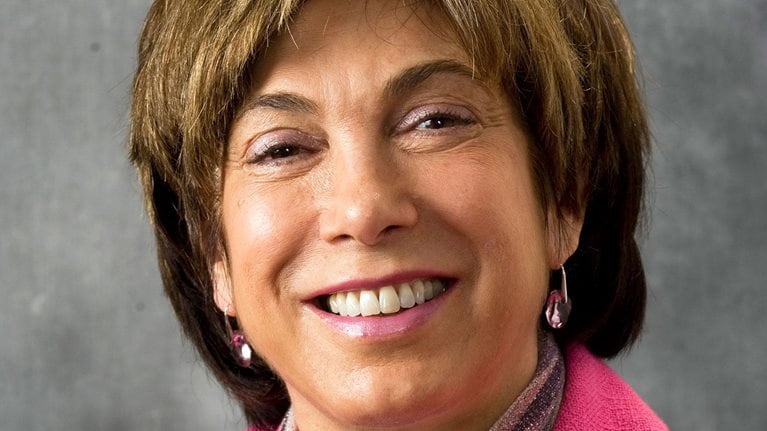The oft-uttered phrase “the Muslim world” suggests a monolithic body. Yet the reality includes rich petro states at the cusp of dramatic change, such as Qatar, Saudi Arabia, and the United Arab Emirates, and countries such as Bangladesh, Egypt, Indonesia, Iran, Pakistan, and Turkey, which are part of what Goldman Sachs calls the Next 11, countries the investment bank says could rival the G7 over time. The world’s 1.6 billion Muslims amount to nearly a quarter of the global population and contribute 16 percent of global GDP, a rate that is growing at 6 percent annually.
Some 800 million of these people are women—more than the combined populations of Brazil, Russia, and the United States. And an untold and still unfolding story exists in their lives, hidden in their classrooms, careers, and handbags. Changes that took half a century in the United States are being compressed into a decade in today’s Muslim world, and they are only likely to accelerate. It’s as if the United States had compressed into a few short years the half-century evolution from Betty Friedan’s The Feminine Mystique to Sheryl Sandberg’s Lean In. That is the magnitude of this sweeping change.
In the space of two generations, a widespread education movement has elevated the prospects of millions of Muslim women, from Tehran to Tunis. Most governments in the region, especially those that possess oil wealth, have made massive investments in education over the past decade, rapidly increasing primary- and secondary-education rates from abysmally low starting points only 40 years ago. This shift has also occurred for women in higher education: In Algeria, Bahrain, Jordan, Kuwait, Lebanon, Oman, Qatar, Saudi Arabia, and Tunisia, university-enrollment rates for women now exceed those of men.
These accelerations are not only massive and underreported but ongoing. In Turkey, for example, both women and men are enrolling in university in much greater numbers than before, but women’s rate of enrollment is increasing faster—ten years ago, their levels were 75 percent of men; today they are 85 percent. In Egypt, there were three women for every four men in university a decade ago. Today, those numbers are nearly equal. And in resource-rich countries, the situation is even more extreme. In the United Arab Emirates, women enroll in university at three times the rate of men. In Saudi Arabia, the university gender gap was closed ten years ago, but the absolute numbers are also rising: of all women in the university age bracket today, about 50 percent actually attend, compared with 30 percent a decade ago. That rate is higher than in China, India, or Mexico.
What does all this mean? As female education becomes deeply rooted and normalized within family structures, the next wave of change is under way: more women are going to work. Nearly 40 million Muslim women have joined the labor force in the past ten years: among them, 9 million in the Arab world, 8 million in Indonesia, 7 million in Pakistan, 7 million in Bangladesh, 2 million in Turkey, and 1 million in Malaysia.
All of this underlines the conscious, often deeply personal and brave decision of millions of ordinary Muslim women and men to break family tradition and sometimes shun cultural pressures. As a result, a new segment of the labor market has emerged—and unprecedented consumer power. But the work is far from complete. Large gaps between women and men’s labor-force participation remain: for example, about 47 percent of women in the United Arab Emirates that could be working are employed, compared with about 92 percent of men. If, during the next 15 years, the participation of women in the workforce across the Middle East and North Africa simply reaches that of two-thirds of men—around 60 percent—it has the potential to spike regional GDP by 20 percent or more. As businesses and policy makers recognize the benefits and momentum gathers to eliminate the barriers blocking Muslim women from full economic participation, this largely unseen population will truly become a force to be reckoned with.


